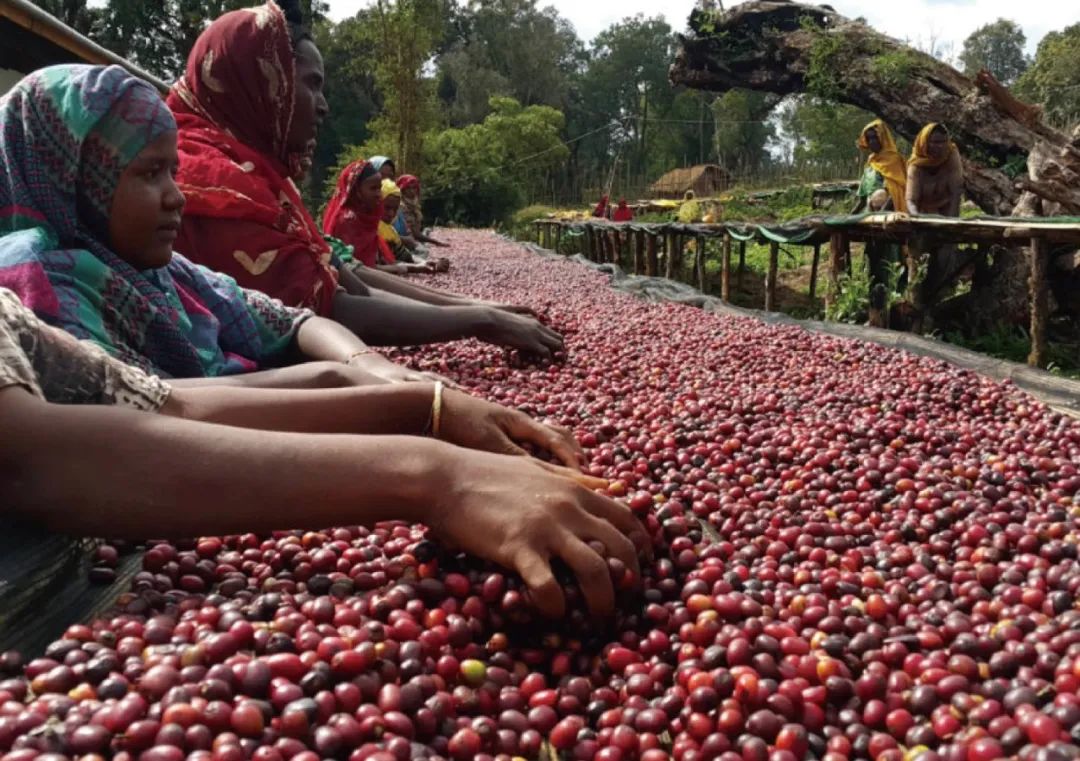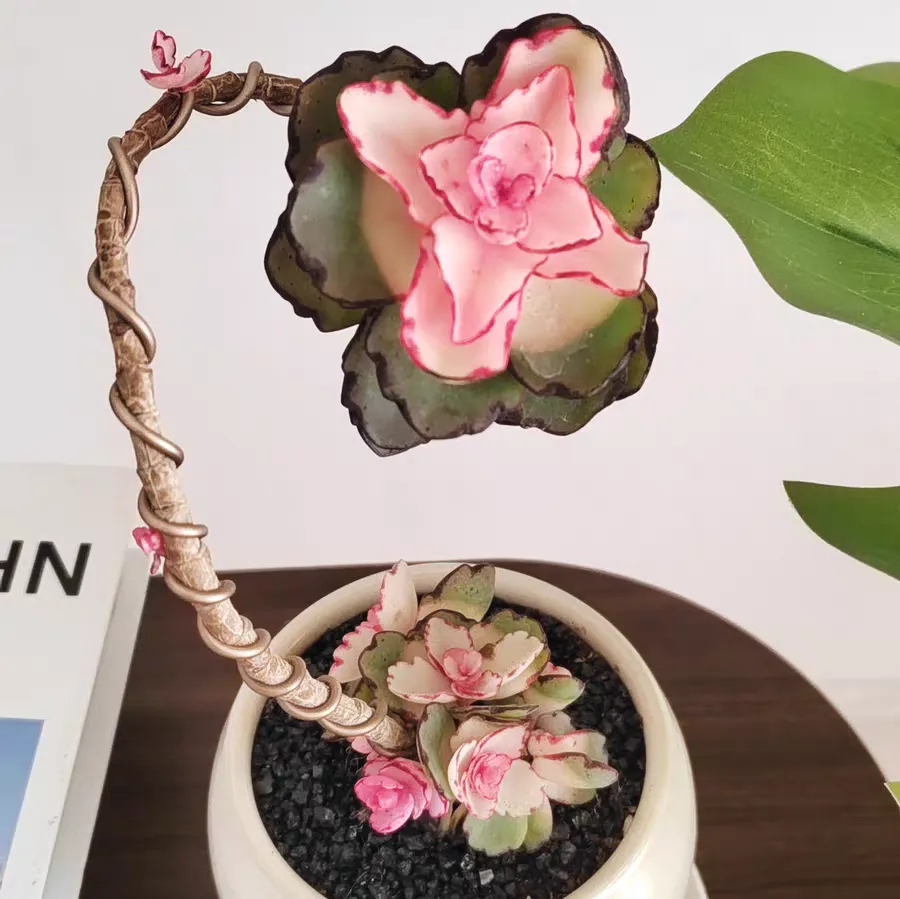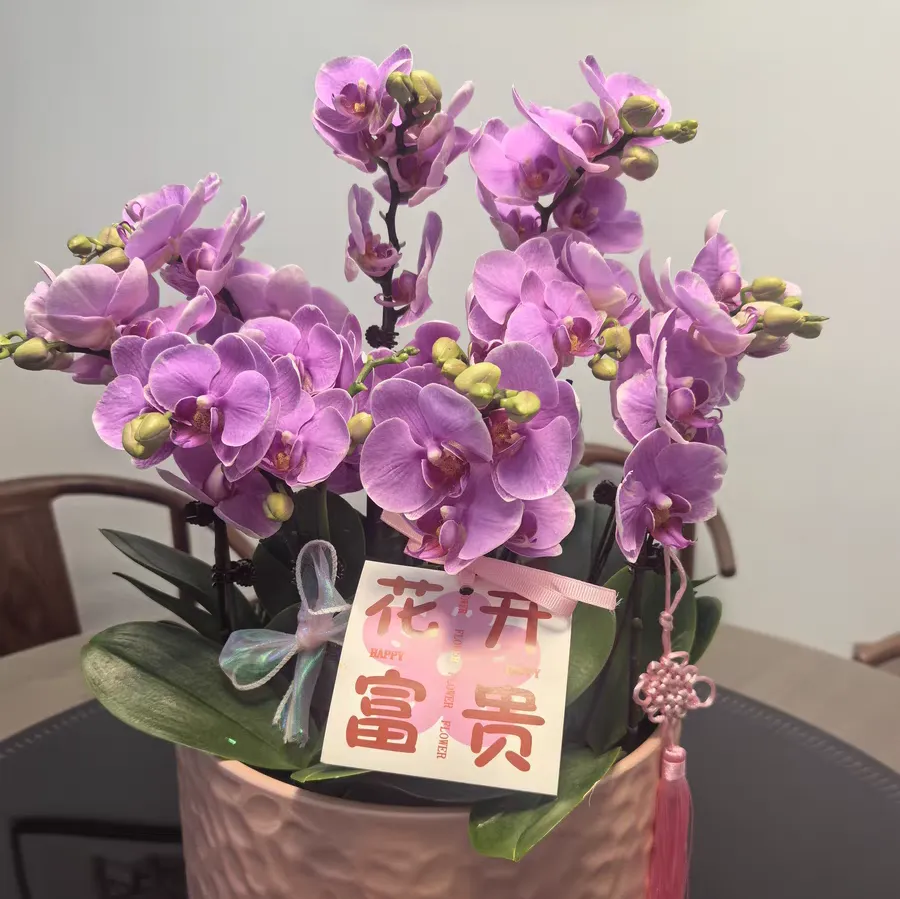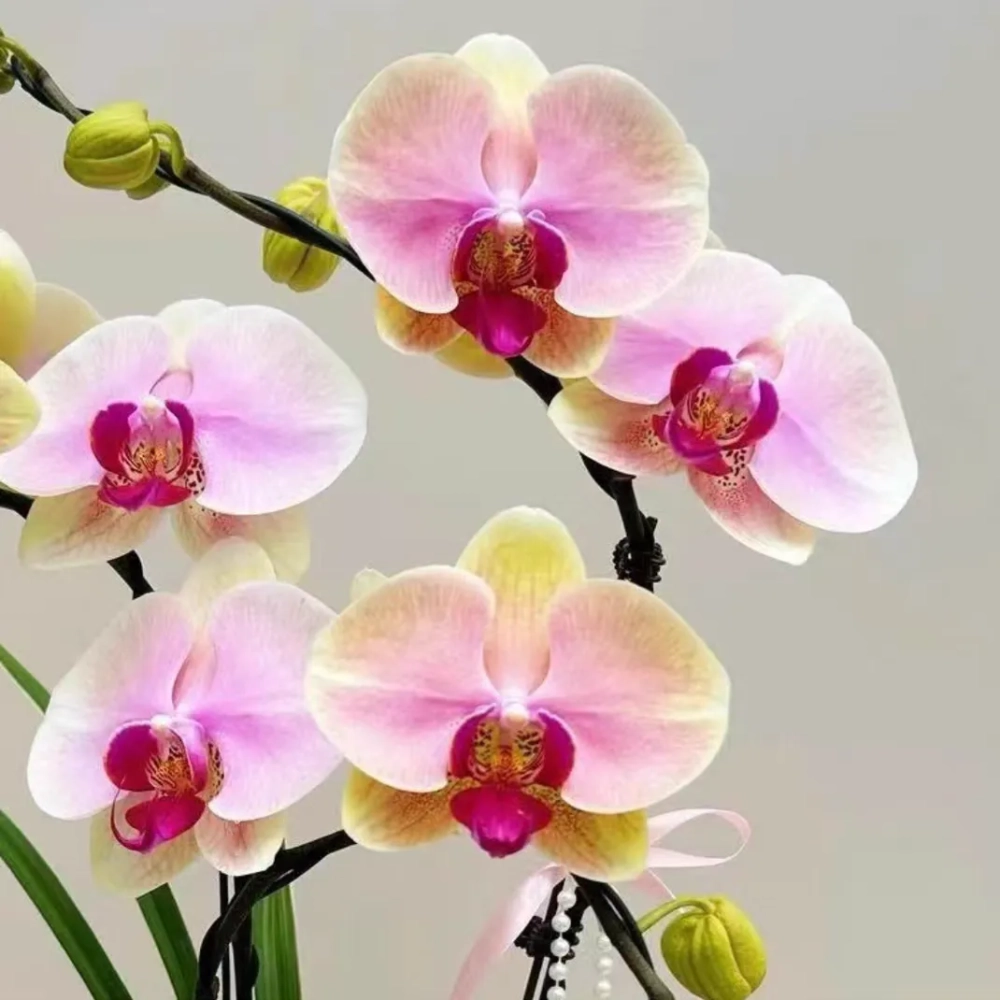Ethiopian coffee is well-known in the global coffee market. Coffee trees also originated from this country and it is recognized as the birthplace of coffee. The country has countless native coffee varieties, and the name "coffee" also comes from the Kaffa forest in the southwest of Ethiopia. Coffee can grow in Ethiopia because the country provides an ideal geographical environment and climate for coffee cultivation.
Ethiopia
Ethiopia is located in the northeastern part of Africa, bordering Djibouti, Somalia, Sudan, South Sudan, Kenya, and Eritrea. The territory is dominated by mountainous plateaus, and most of it belongs to the Ethiopian Plateau. The central and western parts are the main body of the plateau, accounting for two-thirds of the country. The East African Rift Valley runs through the whole territory, and the average altitude of the mountains is nearly 3,000 meters.
The average altitude in Ethiopia is 2,450 meters. Due to the influence of high altitude, the annual average temperature in Ethiopia is 16°C, with a cool climate throughout the year. The whole year is roughly divided into dry and rainy seasons, with an annual rainfall of 1,237 millimeters. The country is rich in water resources and is known as the "East African Water Tower". It has nearly 50 volcanoes, abundant water resources, and high-altitude mountainous areas, making it a very ideal coffee-growing area. However, due to the weakness of the domestic industry, the economy is mainly based on agriculture, so the coffee planting scale is mostly small-scale like patio coffee (garden coffee). Coffee is grown together with other crops near the homes of coffee farmers. The coffee farmers take care of it daily, pick it by themselves during the harvest season, and then it is purchased by middlemen or delivered to nearby processing stations by the coffee farmers themselves. This model of coffee production accounts for more than half of the total coffee production in Ethiopia.
Ethiopia has many famous coffee growing areas, such as Sidamo, Jima, Harrar, Guji, and Yirgacheffe. Among them, Guji and Yirgacheffe were originally part of the Sidamo growing area, but they became independent coffee growing areas due to their unique flavor.
Yirgacheffe is located on the eastern edge of the East African Rift Valley. It is a small town on the northwest side of the Sidamo Province and one of the highest-altitude coffee growing areas in Ethiopia, with an altitude of 1,750-2,200 meters. The climate here is humid and mild, with abundant rainfall, fertile land, and sufficient sunlight, making it very suitable for coffee cultivation. The original Yirgacheffe growing area belonged to the Sidamo growing area, but in 1972, the government of the country introduced the washing process to improve the quality of coffee. The flavor of washed Yirgacheffe is very prominent, with white flower fragrance, citric acid, and a fresh green tea tea feeling. Compared with Sidamo coffee beans, it is similar but significantly different. Therefore, Yirgacheffe has become an independent growing area. The Front Street Coffee has a type of Ethiopian Yirgacheffe coffee beans that are washed and treated. As an introductory selection representative, it has jasmine flower fragrance, lemon-like acidity, and the flavor of oranges, berries, and other fruits. The taste is refreshing and silky.
Kochere sub-region
The Yirgacheffe growing area does not only include the small town of Yirgacheffe but also includes sub-regions such as Wenago, Kochere, Gedeb, and Gelena Abaya.
Kochere is a small growing area 25 kilometers southeast of Yirgacheffe, with an altitude of 1,650-1,800 meters. It is an area that has become prosperous due to the production of coffee. Thanks to the fame of the Yirgacheffe growing area, the processing equipment in this region is more advanced. With good equipment, the washed coffee produced in this region has a high standard of performance, with a sweet and complex flavor of citrus and a clean and sweet taste.
Front Street Coffee Ethiopian Yirgacheffe Kochere Coffee Beans
Growing area: Yirgacheffe growing area
Manor/processing plant: Arlim Processing Plant
Altitude: 1650-1800 meters
Variety: Heirloom
Processing method: Washed
Flavor: Jasmine, lemon, citrus, tropical fruit
The coffee beans of Front Street Coffee's Yirgacheffe Kochere are washed and treated, lightly roasted, and brewed with a V60 at a ratio of 1:15 and a water temperature of 92 °C. You can smell the fragrance of jasmine, and the entrance will have a tropical fruit-like sweet and sour taste, with the flavors of lemon and citrus, and the overall taste is relatively smooth.





Leave a Reply